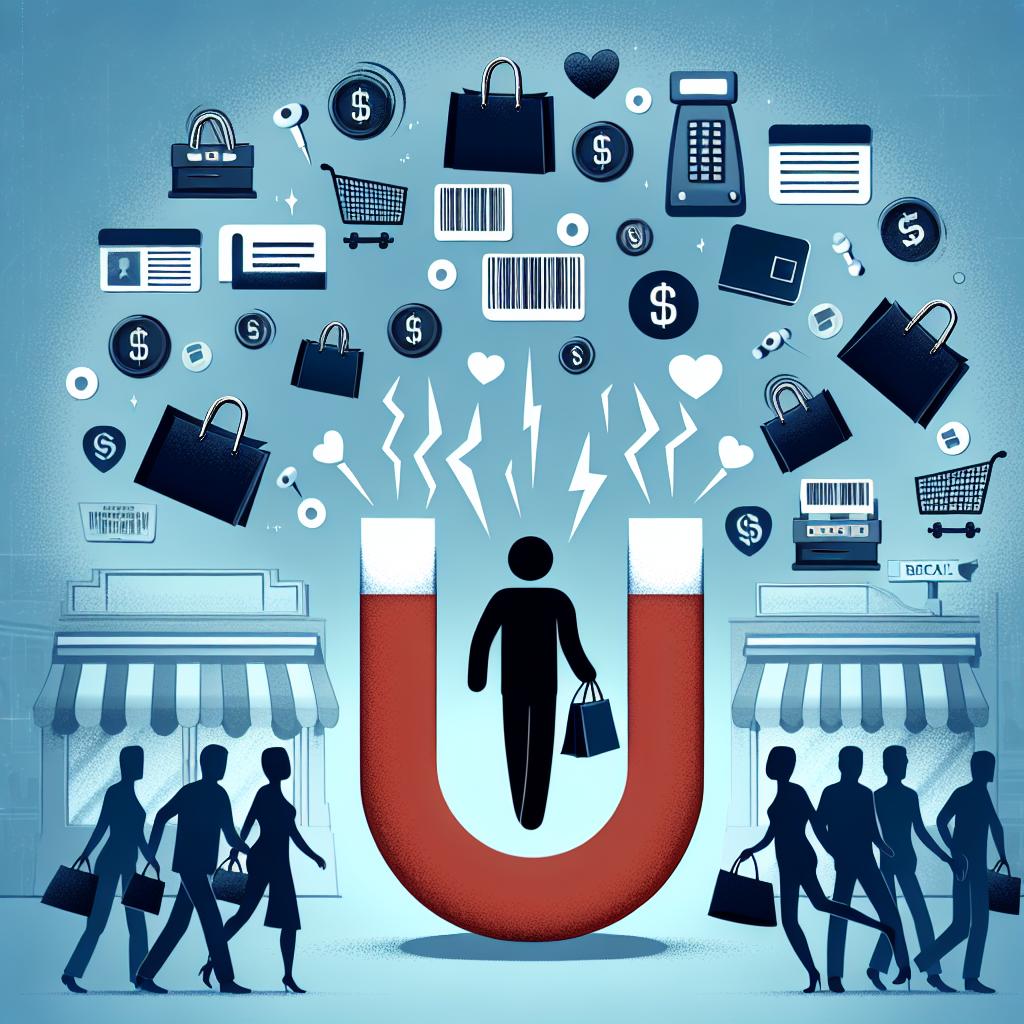The Power of Influencer Marketing in Boosting Retail Sales

In today’s digital age, influencer marketing has emerged as a powerful tool for boosting retail sales. With the rise of social media platforms like Instagram, YouTube, and TikTok, influencers have become key players in shaping consumer behavior and driving purchasing decisions. In this blog, we will explore the power of influencer marketing in the retail industry and how brands can leverage this strategy to increase sales and reach a wider audience.
### The Rise of Influencer Marketing
Influencer marketing has quickly become one of the most effective ways for brands to connect with their target audience. With the decline of traditional advertising methods like TV commercials and print ads, consumers are turning to social media influencers for recommendations and product reviews. Influencers have built loyal followings by creating authentic and engaging content that resonates with their audience. As a result, they have the power to influence purchasing decisions and drive sales for brands.
### How Influencer Marketing Boosts Retail Sales
1. **Increased Reach**: Influencers have large followings on social media platforms, which allows brands to reach a wider audience than traditional marketing methods. By partnering with influencers, brands can tap into their followers and promote their products to a highly engaged audience.
2. **Authenticity**: Influencers are seen as trusted sources of information by their followers. When an influencer recommends a product or brand, their audience is more likely to trust their opinion and make a purchase. This authenticity can drive sales and increase brand loyalty.
3. **Engagement**: Influencers create engaging content that captures the attention of their followers. By partnering with influencers, brands can create sponsored posts, videos, and stories that showcase their products in a creative and compelling way. This can lead to increased engagement and interest in the brand, ultimately driving sales.
4. **Targeted Marketing**: Influencers often have a specific niche or demographic that they cater to. By partnering with influencers that align with their target market, brands can ensure that their products are reaching the right audience. This targeted approach can lead to higher conversion rates and increased sales.
### How Brands Can Leverage Influencer Marketing
1. **Identify the Right Influencers**: When choosing influencers to partner with, brands should consider factors such as the influencer’s reach, engagement rate, and alignment with their brand values. It’s important to work with influencers who have a genuine connection with their audience and can authentically promote the brand’s products.
2. **Set Clear Goals and Expectations**: Before starting an influencer marketing campaign, brands should outline their goals and expectations. Whether it’s increasing brand awareness, driving website traffic, or boosting sales, having clear objectives will help guide the campaign and measure its success.
3. **Create Compelling Content**: To capture the attention of their audience, brands should work with influencers to create engaging and creative content. Whether it’s a sponsored post, video, or giveaway, the content should showcase the brand’s products in a way that resonates with the influencer’s followers.
4. **Track and Measure Results**: It’s important for brands to track the performance of their influencer marketing campaigns. By monitoring key metrics such as engagement, reach, and sales, brands can assess the effectiveness of the campaign and make data-driven decisions for future collaborations.
### The Future of Influencer Marketing in Retail
As influencer marketing continues to evolve, we can expect to see brands investing more in strategic partnerships with influencers to drive retail sales. With the rise of new social media platforms and technologies, influencers have more opportunities than ever to connect with their audience and promote brands in innovative ways. By staying ahead of the trends and leveraging the power of influencer marketing, brands can boost retail sales and reach new heights of success.
### FAQ
**Q: How much does influencer marketing cost?**
A: The cost of influencer marketing can vary depending on the influencer’s reach, engagement rate, and the scope of the campaign. Some influencers may charge a flat fee for sponsored posts, while others may require a commission or free products in exchange for promotion.
**Q: How can I measure the success of an influencer marketing campaign?**
A: Brands can measure the success of an influencer marketing campaign by tracking key metrics such as engagement (likes, comments, shares), reach (impressions, views), and sales conversions. By analyzing these metrics, brands can determine the effectiveness of the campaign and make adjustments for future collaborations.
**Q: Can influencer marketing work for small businesses?**
A: Yes, influencer marketing can be effective for small businesses looking to increase brand awareness and drive sales. By partnering with micro-influencers or niche influencers, small businesses can reach a targeted audience and generate buzz around their products or services.
In conclusion, influencer marketing has proven to be a powerful tool for boosting retail sales and reaching a wider audience. By leveraging the reach, authenticity, and engagement of influencers, brands can create compelling campaigns that drive sales and increase brand loyalty. As the retail industry continues to evolve, influencer marketing will play a key role in shaping consumer behavior and driving purchasing decisions.



